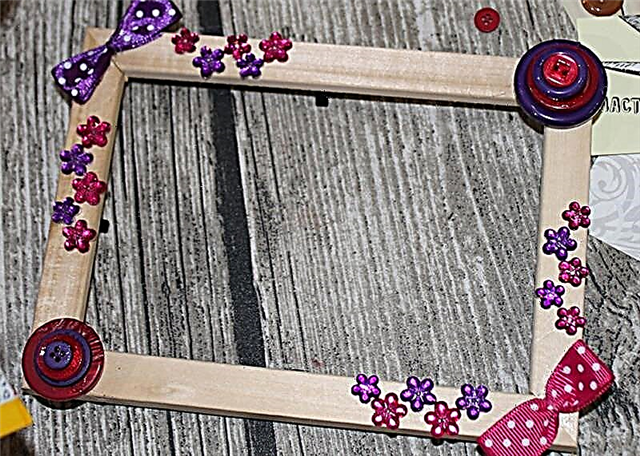Behind this English-language term lies a whole world in which fantasy knows no boundaries, and the skill and dexterity of your fingers are equivalent to magic.
 Photo: Viktor & Rolf, Yulia Yanina
Photo: Viktor & Rolf, Yulia Yanina The phrase fabric manipulation literally translates as “fabric manipulation,” but you must admit that it sounds incomprehensible and not too elegant. In the Russian language there is no full-fledged analogue to this term, although the sections included in it are all well known to us.
So what is included in the concept of fabric manipulation? Absolutely all methods of transforming, texturing, modeling, designing and changing fabrics that allow you to create a custom and most often volumetric result.
 Photo: LeAnne Marshall, MoMooie
Photo: LeAnne Marshall, MoMooie Many rightly recall the method of tattooing, which in the process of living working with fabric allows you to create a wide variety of forms, without exaggeration, real sculptures! This method is used in all fashion houses as a synthesis of creative modeling and architectural and engineering thinking. It is safe to say that this is one of the most common examples of the so-called "tissue manipulations", but it is far from the only one.
Designing clothes on a mannequin
 Photo: Kei Ninomiya, Issey Miyake
Photo: Kei Ninomiya, Issey Miyake Origami from fabric and various figured puffs rightfully share the second place. Using clever pinches and well-structured folds, designers create amazing designs!
Master class Making bedspreads with puffs from Maria Burnashova
 Photo: Yohji Yamamoto, National Design Museum
Photo: Yohji Yamamoto, National Design Museum The subtle art of pleating plays a huge role: sometimes, looking at some works, it is difficult to believe that the fabric is in front of you!
 Photo: Schiaparelli
Photo: Schiaparelli Also in the list of the most popular fabric manipulation techniques are various types of appliques and embroideries, for example, the trapunto technique, which allows you to create volumetric printed patterns.
How to make a hot glue applique from fabric
 Photo: Alice McCall, Doo. Ri
Photo: Alice McCall, Doo. Ri Using a laser, you can transform the fabric in an incredible way: complex patterns and weaves look incredibly impressive!
 Photo: Chanel, House of Worth
Photo: Chanel, House of Worth Anyone can master the art of manipulating fabric, especially since many of us already have experience: someone is fond of puffs, someone tried to model on a mannequin, someone knows a number of techniques from textile origami. Those who are interested in fabric manipulation and know English can be recommended to purchase the appropriate textbook, which are quite a lot in foreign bookstores.
 Photo: The Little Agency, KriKor Jabotian
Photo: The Little Agency, KriKor Jabotian But anyone who wants to be able to do it on their own bit by bit gather together the necessary knowledge and increase their level of skill. For example, you can start by mastering pleating!
Making a direct pleated at home



